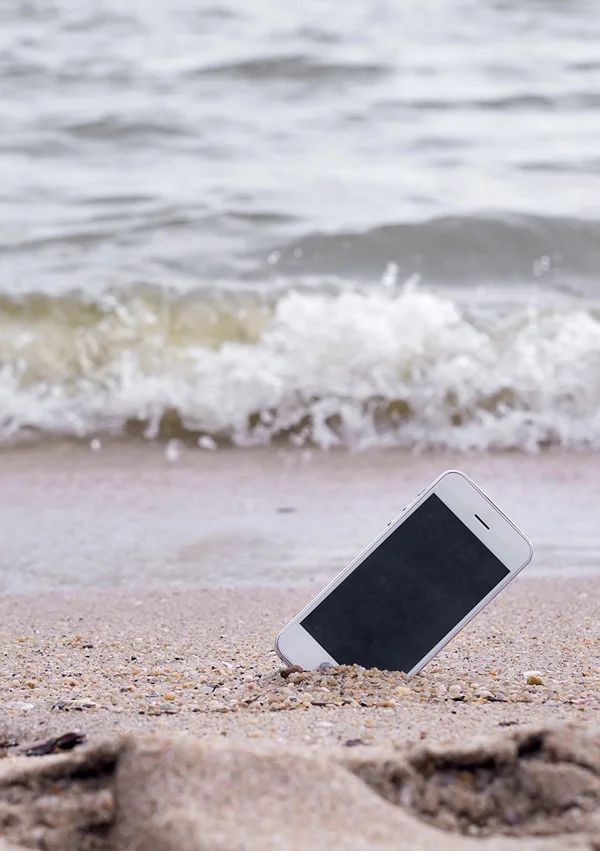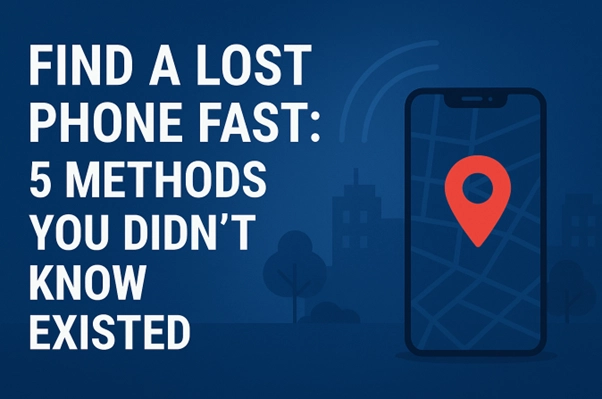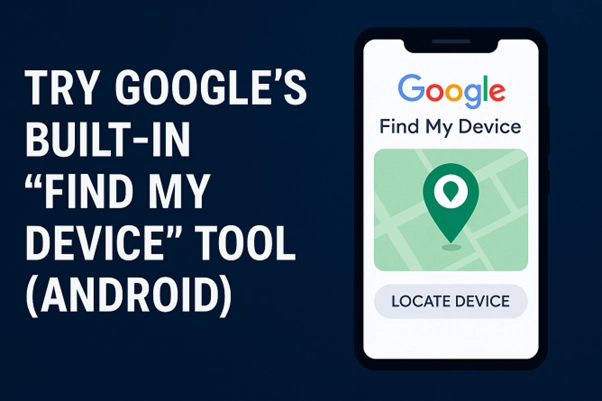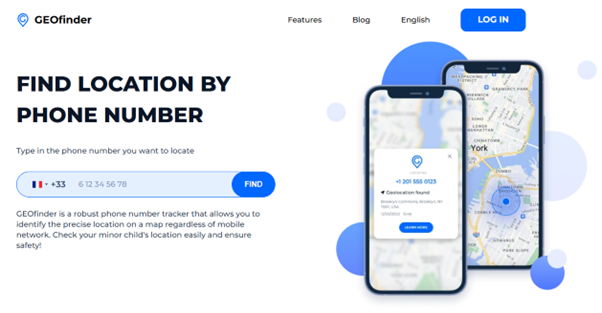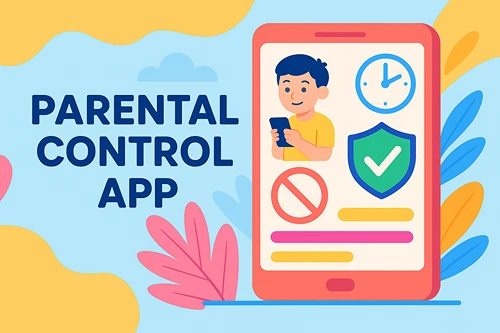How Cybersecurity Evolved Over the Past Decade
What do you know about cybersecurity? Cybersecurity has come a long way in ten years, reshaping how families, schools, and students protect themselves online. Take a dive into how cybersecurity has evolved over the past decade, breaking down major changes, why they matter, and tips to stay smart and safe in today’s digital world.
From Antivirus to AI
A decade ago, cybersecurity revolved around conventional antivirus software designed to detect and eliminate malware. While effective at the time, these methods couldn’t keep up with the rapidly evolving sophistication of cyberattacks. This gap led to the development of AI-powered cybersecurity systems.
AI can identify patterns, predict vulnerabilities, and detect threats in real time. Additionally, the role of AI in improving encrypted communication ensures that sensitive information stays secure during online interactions. These capabilities bring unparalleled depth to cybersecurity measures.
The Rise of Cyber Threats
Over the years, cyber threats have shifted from basic viruses to highly organized attacks, such as ransomware, phishing scams, impersonation scams, and distributed denial-of-service (DDoS) attacks.
Hackers have become increasingly innovative, targeting a range of devices, from personal devices to critical infrastructure. This evolution makes it clear that vigilance and modern security tools are essential for individuals and institutions navigating a web of lurking threats.
Cybersecurity in Classrooms
With the integration of technology in education, schools have become prime targets for cyberattacks. Protecting sensitive student and faculty data now demands heightened security measures, such as firewalls and multifactor authentication.
It’s also essential to educate students on what children must know about cybersecurity. Empowering them with best practices, such as avoiding suspicious links, can significantly enhance school-wide safety. Parents and educators play a critical role in fostering this awareness.
Social Media Safety
The explosive growth of social media over the past decade has presented entire new arenas for cybersecurity risks. From personal data breaches to identity theft, sites such as Instagram, Facebook, and TikTok have been prime targets for malicious actors.
Users are now encouraged to adopt stronger passwords, enable two-factor authentication, and exercise caution when sharing information publicly. While social platforms continue to improve their security measures, individual responsibility remains key.
The Future of Cybersecurity
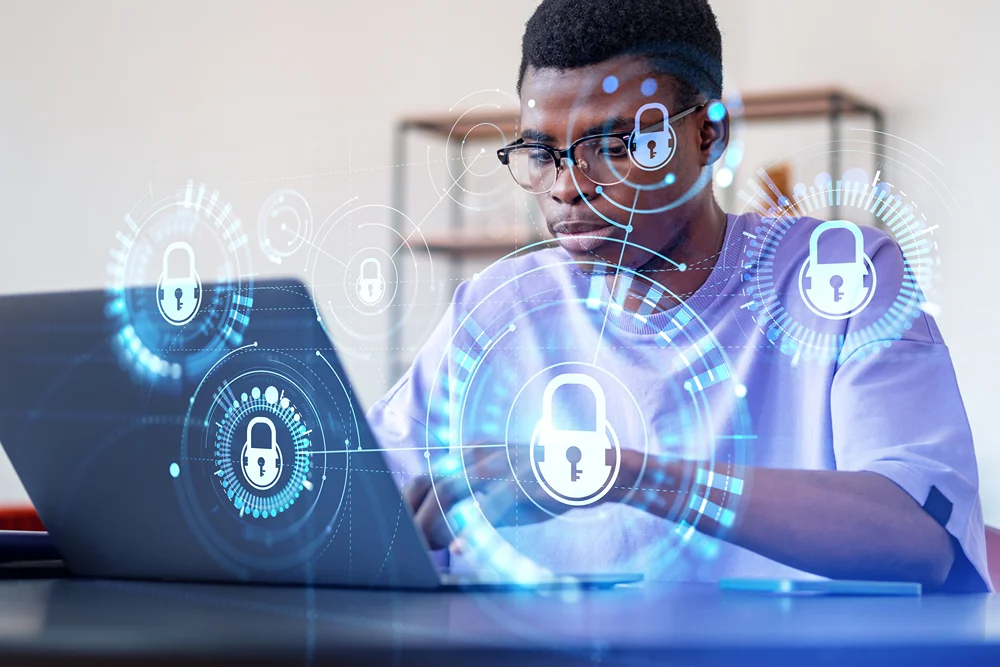
Looking ahead, cybersecurity will continue its shift toward automation and AI-driven solutions. Constantly moving targets, such as quantum computing and AI-driven cyberattacks, demand new levels of foresight and preparedness.
Fortunately, the same technologies empowering hackers can also strengthen our defenses when harnessed responsibly. Understanding how cybersecurity has evolved over the past decade provides a roadmap for predicting and countering tomorrow’s threats.
Bonus: Cyber Hygiene Tips
Good habits, or “cyber hygiene,” form the foundation of effective cybersecurity. Regular software updates and consistent data backups have become non-negotiable. Always be mindful of where and how you enter personal information online.
Families should implement a basic routine of checking privacy settings and discussing online risks to create a culture of collective cybersecurity awareness. This proactive approach ensures higher protection against evolving digital threats.
Cybersecurity has undergone significant changes in the last decade, shaping how we protect ourselves online. Parents, educators, and students all play a crucial role in maintaining safety. Stay informed, stay safe, and keep exploring ways to protect your digital world!




